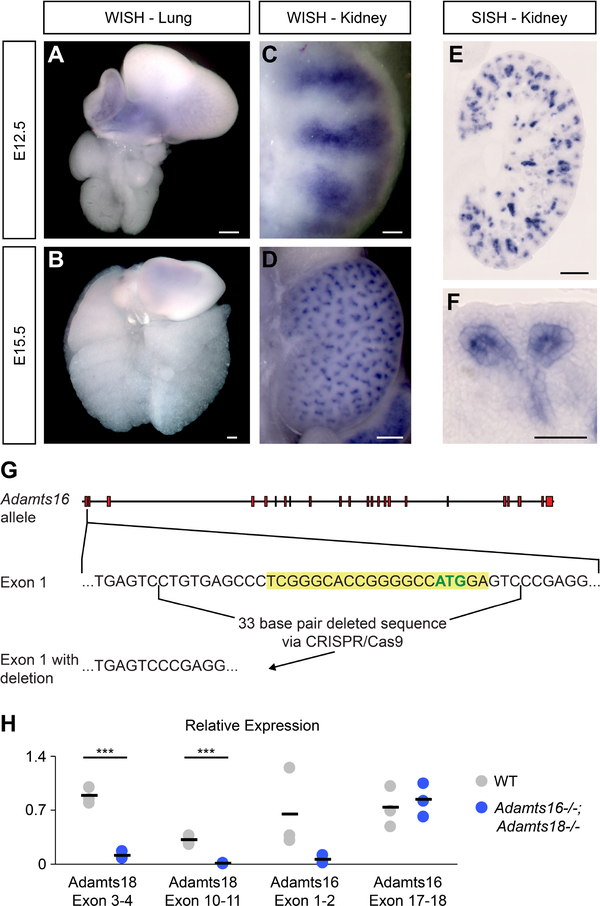Fig. 8: Adamts18−/− and Adamts16−/−;Adamts18−/− E12.5 kidneys develop double ureters at similar frequencies.
A-H: Whole-mount immunostaining of E12.5 (somite range = 50–52) kidneys stained with cytokeratin (epithelial marker) and Six2 (nephron progenitor marker) demonstrate the structural variation of double ureters observed. I: The frequency of double ureters in Adamts18−/− (38%) and Adamts16−/−;Adamts18−/− (35%) are similar and are significantly higher than the frequency in wildtype (2%) and Adamts18+/− (3%). The numbers above the bars are the embryo numbers per genotype. J: OPT and Tree Surveyor analysis of the kidneys show that the double ureters for both Adamts18−/− and Adamts16−/−;Adamts18−/− are higher in total epithelial length, epithelial volume, and number of tips compared to single ureter samples regardless of genotype (n = 5). Error bars are SD and significance was determined by a two-tailed t-test. * = p ≤ 0.05, ** = p ≤ 0.01, *** = p ≤ 0.001. Line = 100μm.

